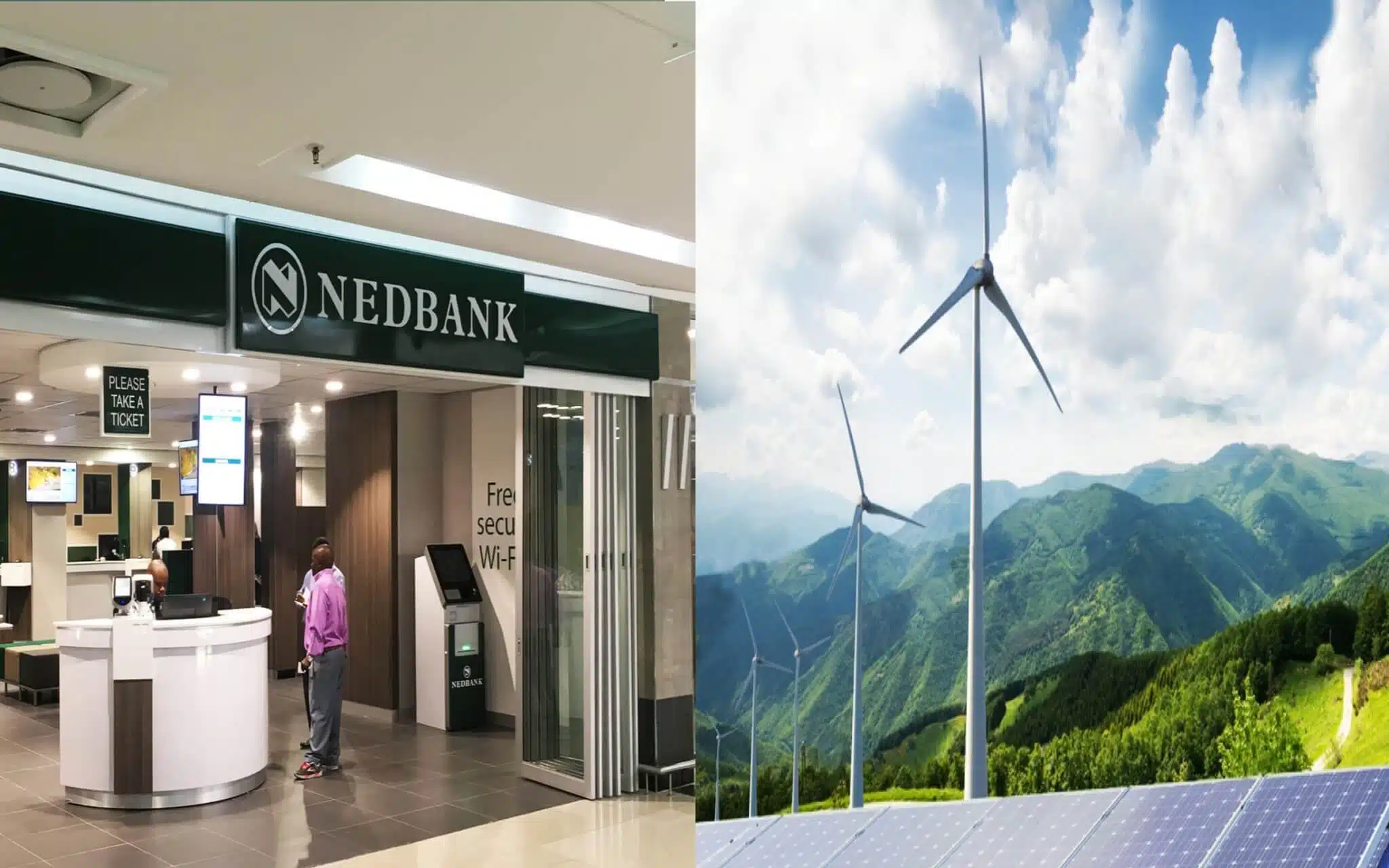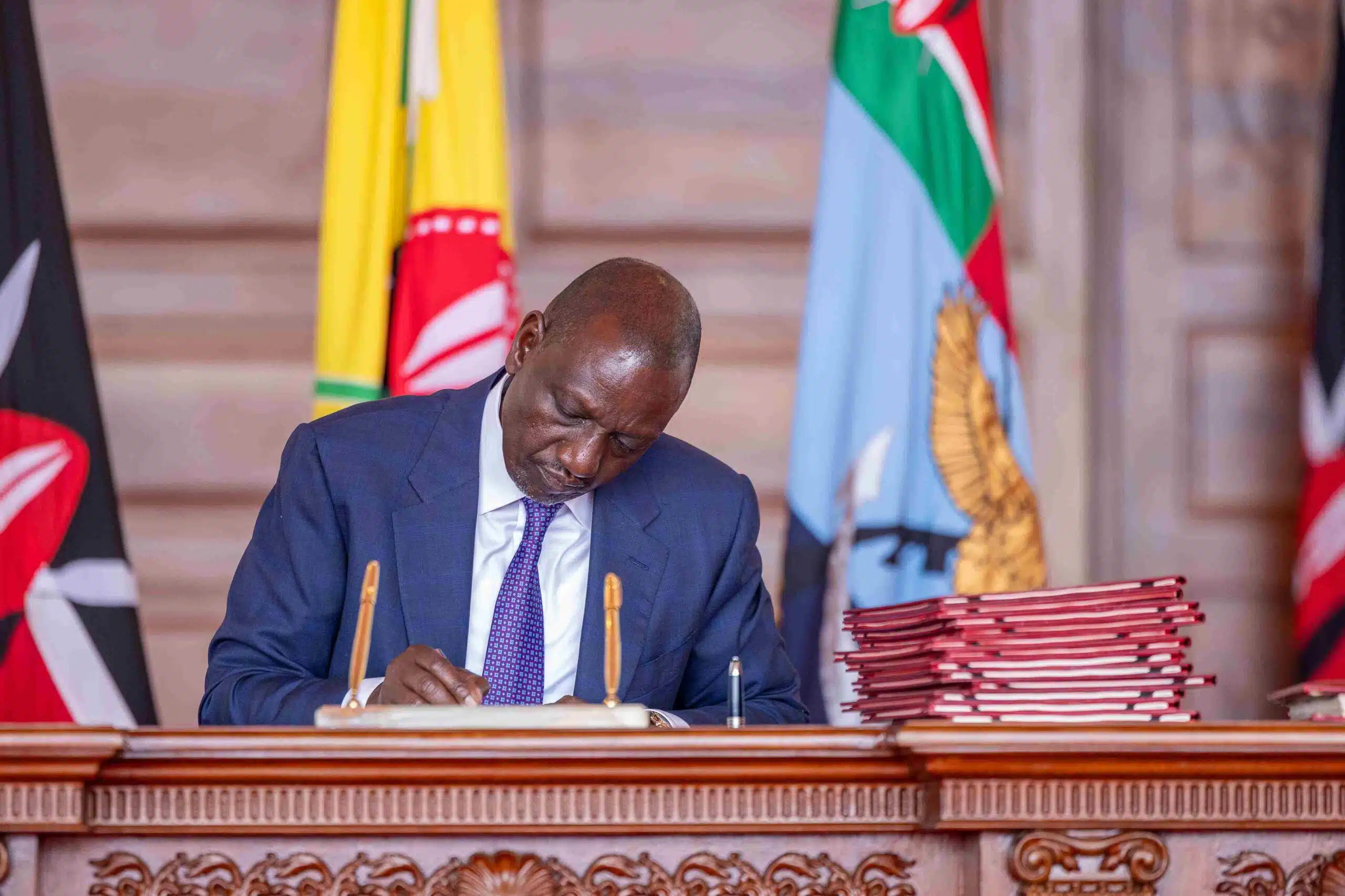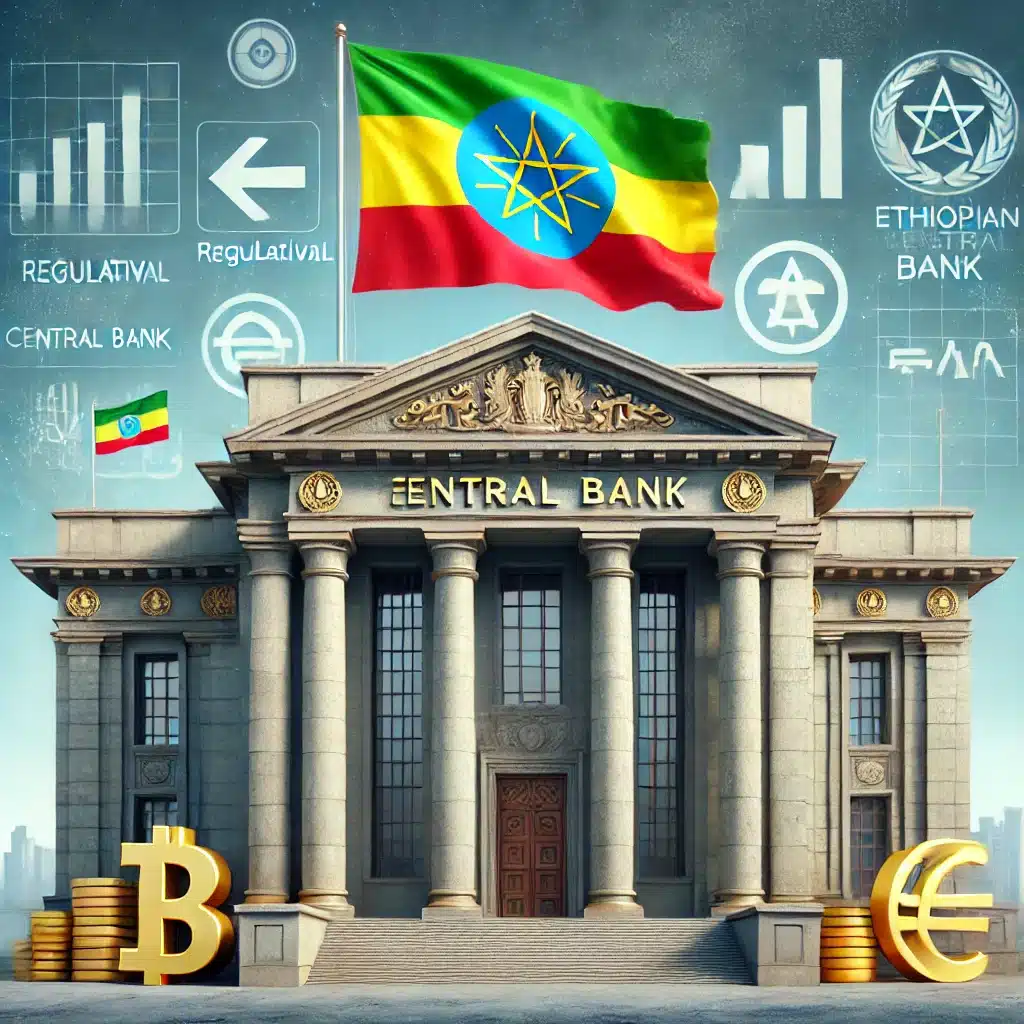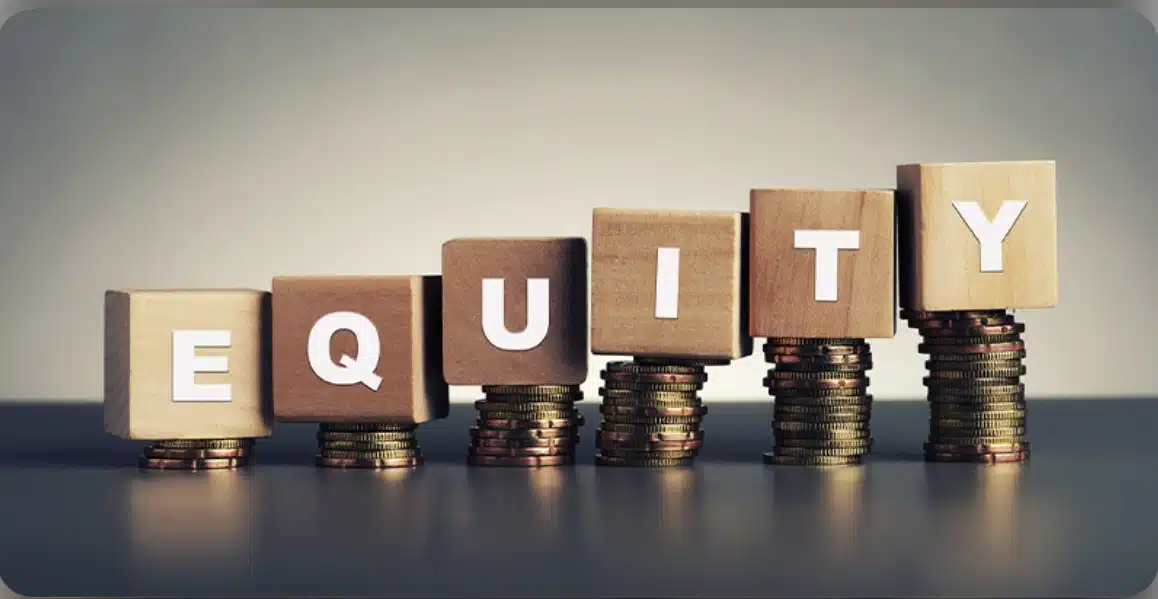Nedbank Group, South Africa’s leading bank, has acquired a “substantial minority” stake in renewable energy company, Pele Energy Group. This acquisition is jointly held by the bank and Norwegian investment firm Norfund AS.
Chief Financial Officer of Pele Energy, Matt Wainwright, disclosed that both companies will invest $31 million in the company, helping the firm raise substantial capital for its operations.
In December 2024, Pele Energy won 6 bids to procure renewable energy in a government program. Noting the importance of funding at this crucial period, Wainwright noted, “Given the scale of infrastructure and investment needed for renewable energy expansion, having strong financial partners helps accelerate project development while ensuring sustainable growth.”
South Africa’s energy sector
South Africa’s Eskom, the State-backed energy production and distribution firm have been experiencing difficulties in energy generation and distribution. This led to its adoption of load shedding to enable it to meet the rising energy demands across the country.
In 2022, South Africa lost a recorded R560 million due to load shedding and the long hours of power cuts.
Power cuts are due to the reliance on the legacy coal-fired electricity plants which are breaking down frequently. Eskom has also faced difficulty in fuel for energy distribution as it is facing a debt crisis.
As a result of frequent blackouts, the International Monetary Fund (IMF) in 2023 predicted that the country’s GDP growth would reduce to 1.2%.
In January 2025, the country’s non-core inflation, driven by food and energy inflation rose to 3.5%, pushing the headline inflation to 3.2%.
Renewable energy as the alternative
Following the 2023 protests over erratic power supply, president Ramaphosa noted that the government will venture into other ways to provide power, including importation of energy and diversifying to renewable energy sources.
For renewable energy sources, the BRICS’s New Development Bank (NDB) partnered with Eskom in 2019 to facilitate the Battery Energy Storage Project. The NDB is to support this program with up to $400 million, while other financiers and Eskom will support it with up to $800 million.
Through this program, South Africa is producing batteries which store electricity generated from wind and solar energy and also distribute the same to different regions across the country.
This will reduce the country’s dependence on fossil-generated energy while also ensuring the availability of electricity. For Wainwright, the ongoing project needs to generate up to 30 gigawatts of electricity to support the country’s current electricity needs.






